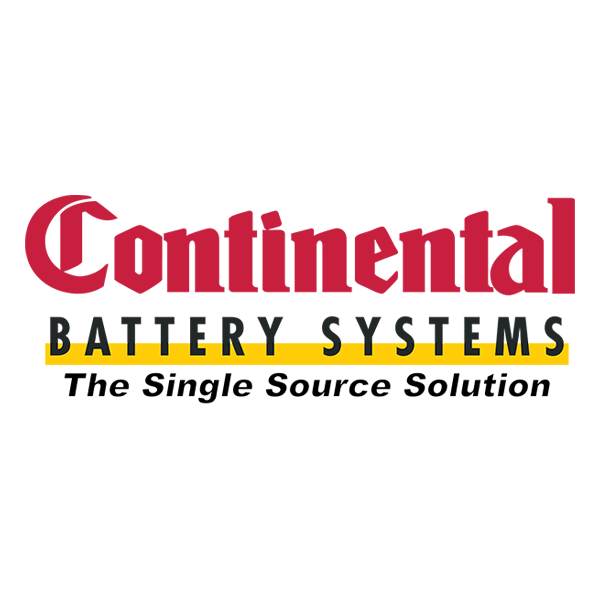Renewable / Solar
Solar Power and Renewable Power Solutions
Solar batteries are rechargeable devices that store energy generated by solar panels and release it when the sun isn’t shining. With our large selection of batteries, we have what you need to get your system up and running.
Solar Plus Storage
What happens to solar power on cloudy days? Solar panels harness the power of the sun, which is stored in batteries, allowing for power even when the sun is not shining. The process of integrating batteries into a solar energy system is known as solar-plus-storage.
When selecting a battery for a solar-plus-storage or other renewable energy system, the primary consideration is capacity — or how much power the battery can hold. Most often, you’ll use multiple batteries with a solar-plus-storage system to increase overall capacity.
Type of Batteries for Solar and Renewable Energy Systems
The two most commonly used batteries in solar and renewable energy systems are lead-acid and lithium.
Lead-acid deep-cycle batteries have thicker lead plates and a large capacity to store energy. They are also durable and long-lasting, making them excellent for solar applications. Deep-cycle lead-acid batteries, like Trojan’s Solar Premium line, are specifically designed to operate under challenging conditions like fluctuating or extreme temperatures for the duration of their 10-year battery life.
Lithium batteries are an efficient and maintenance-free choice to power solar and renewable energy systems. Their lifespan is much longer than lead-acid batteries, but the up-front cost can be significantly more.
Sustainability
Solar and renewable energy are an important part of Continental Battery Systems’ commitment to sustainability — but it doesn’t end there. Learn how sustainability is at the core of who we are and what we do.
Find the battery you need in the list below, then check out our complete catalog of commercial and recreational batteries to keep you on the road.
Car Battery Myths Busted: Separating Fact from Fiction
The battery is the heart of your vehicle, powering everything from the engine to the electronics you rely on daily — yet, it’s often misunderstood. From outdated advice about storage to misconceptions about charging, these myths can lead to unnecessary replacements, unexpected breakdowns and added frustration.
Preparing Your Fleet for Winter: Essential Battery Tips for Businesses
Commerce doesn’t stop when the weather turns cold, but winter weather can wreak havoc on freight networks and the trucks that keep them moving. In addition to weather-related accidents due to hazardous driving conditions, extreme cold can strain vehicle systems, reducing efficiency and increasing wear on critical components.
Prepare for Potential Port Strike with Assistance from Continental Battery Systems
Disruptions in the supply chain can wreak havoc on everyday lives and business operations. Through it all, Continental Battery Systems remains committed to helping customers ensure they have the power they need to run equipment and vehicles.
See more, like batteries for renewable power and golf carts/EV.

